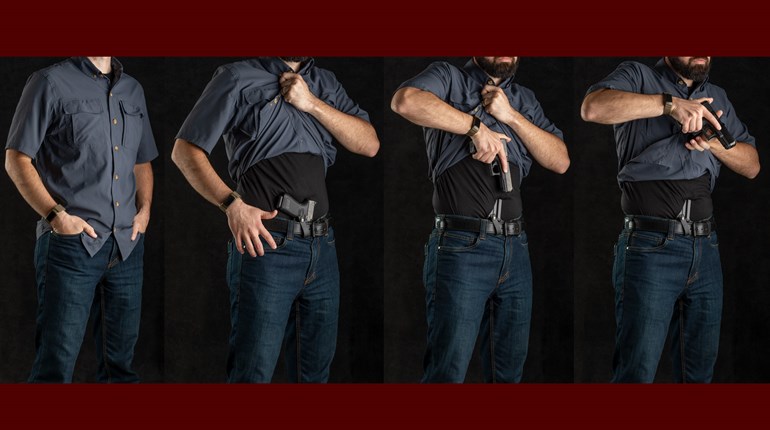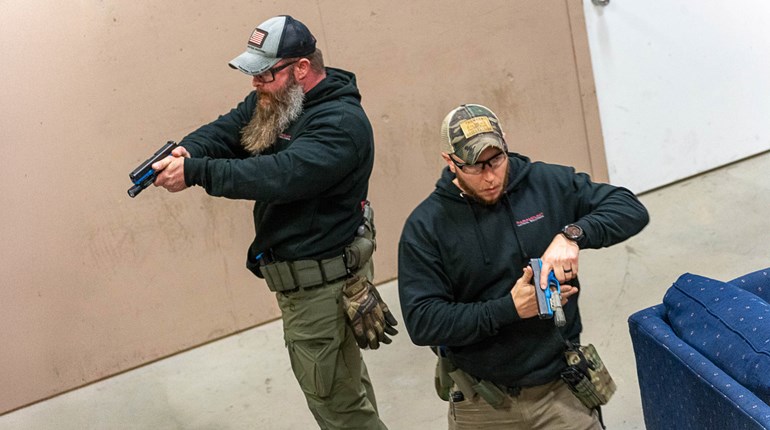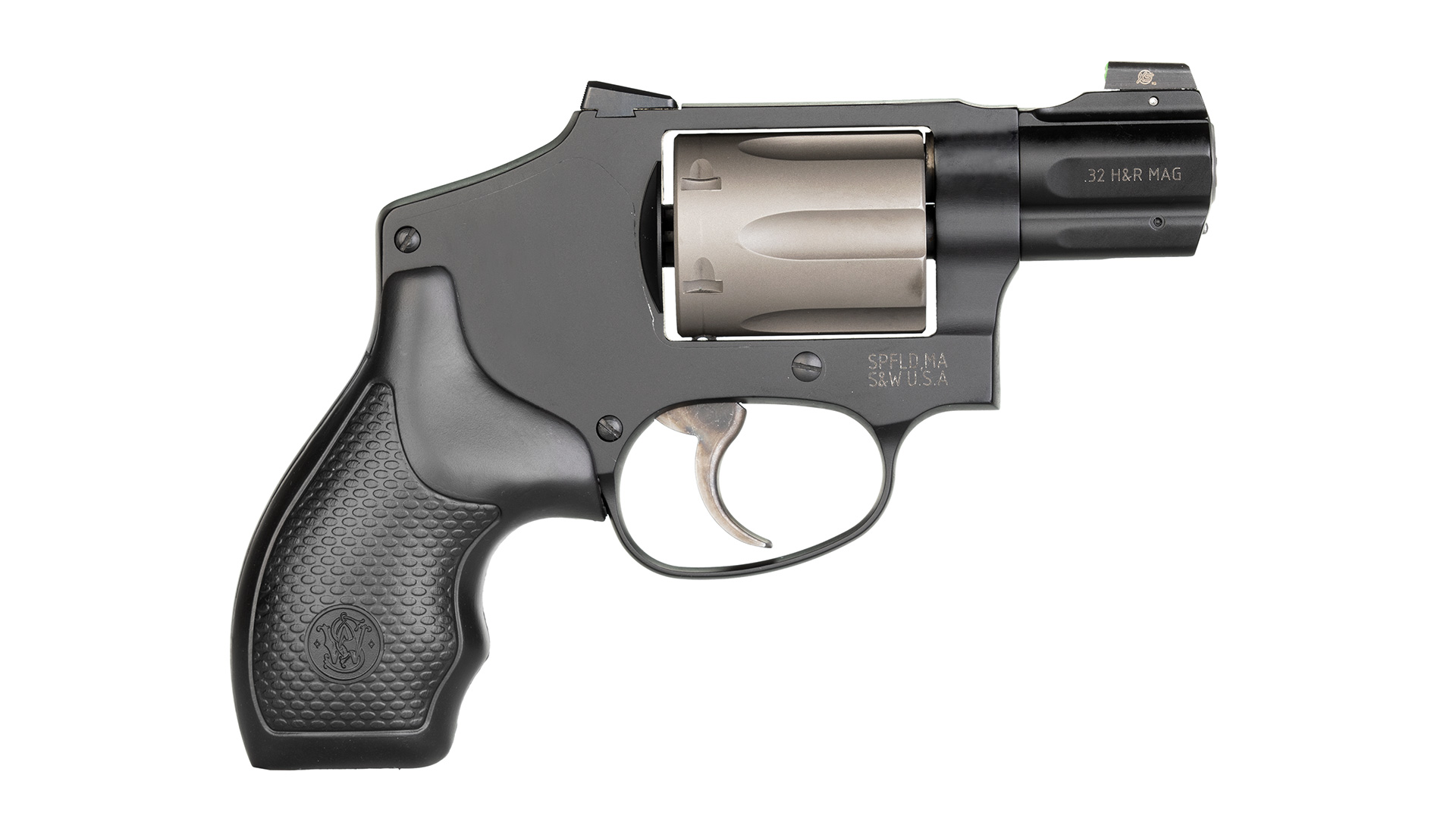
Many aspects of firearms—from how they perform to what happens when they are employed in self-defense to when they sell well—are counter-intuitive. In other words, what actually happens is contrary to what a reasonable person would expect due to unforeseen factors. This being the case, I thought I’d irregularly touch on some of these aspects of guns and the business of shooting. Some are small matters; others have considerable import. In any event, do you really have anything better to do right now?
A few years ago, short-barreled 1911s were all the rage, and they still are cataloged by several companies. They are 1911s with 3- or 3½-inch barrels that more or less maintain the original’s grip size. The idea was that they would be more concealable, clear leather faster and handle quicker. The expected trade-off was reduced sight radius and diminished positive shooting characteristics. At least, that’s what a reasonable person would intuit. Well, guess again.
I received one of these pistols and an inside-the-waistband (IWB) holster to carry it in when such pistols were first introduced. For me, a large part of any carry gun test is actually carrying the pistol, since that’s what you’re going to end up doing most of the time, and that’s if it’s a good pistol. You’ll also shoot it at a range some. Unless you’re very unlucky or very dumb, though, you’ll rarely—if ever—have to fire it in defense of your life. Hell, I’m both and haven’t had to shoot at anybody, yet.
Strapping on the new rig, I examined myself in the mirror before going out, as I do with any unfamiliar gun/holster/reload combo. The gun felt OK, but there was an asymmetry in my outline; a protrusion on my strong side. I swept back my jacket to reveal the butt of the pistol hanging outbound, away from my hip. I pushed it up against my body, but it immediately fell back to its original position. I cinched my gunbelt tighter to no avail. The relatively big grip continued to angle outward.
I removed the combo and briefly replaced it with a 5-inch Government Model 1911 and holster. That grip was held snug to my body, while the full-length barrel was, of course, concealed by my trousers. The same was true when I donned a Lightweight Commander rig.
What was happening with the snub-barrel 1911? As I later learned, the short slide/barrel, combined with the full-size grip, had screwed up the weight distribution of the gun. The short pistol did not present enough bearing surface for the tension of the holster to leverage the butt against my body.
As anyone who’s used an IWB holster can tell you, the butt of a pistol—not the barrel—presents the greatest obstacle to concealment. The Government Model and even the Lightweight Commander, although larger pistols, were actually far more concealable than the snub-nosed 1911. Who’d of thunk it?
As much as the difficulty in concealing the short-barreled 1911 came as an unwelcome surprise, the shooting qualities of that same pistol were unexpected, but much appreciated.
When you get too far away from John Browning’s original design, including the slide/barrel length, you change the internal geometry of the pistol and no joy ensues without some additional engineering. In this case, the required additional engineering was provided in part by L.W. Seecamp years ago in the form of dual, nested recoil springs. This configuration solved the problem of reliable function in the limited internal space afforded by the diminutive LWS-25 and later LWS-32 .25 ACP and .32 ACP pistols, respectively. It turns out, they solve a lot of problems in many short-barreled pistols—including snubbie 1911s.
At the range, the short-barreled 1911 shot amazingly well, as least as well as a full-length model, despite the short sight radius. Felt recoil was not jarring and accuracy was excellent. The large grip offered total control, while the abbreviated slide/barrel swung quickly between targets with less inertia and then less momentum than you’d have to overcome with a longer pistol.
So, a pistol that was expected to be easily concealable but a mediocre shooter turned out to be comparatively difficult to conceal, but an excellent shooter. That pretty much defines “counter-intuitive.”





































